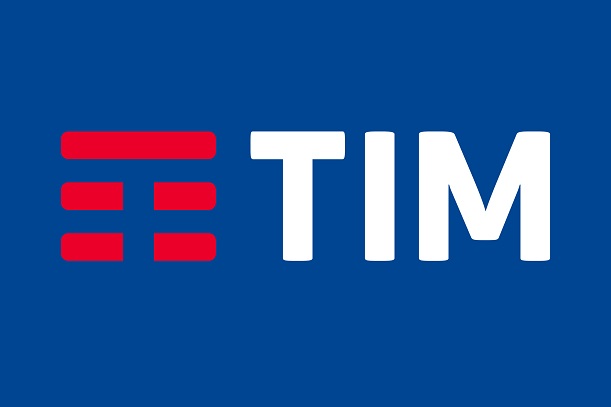TIM is planning to explore automation, virtualisation and open interfaces as part of a new project with Juniper Networks.
The companies will work together on researching cloud-based network infrastructure, the Italian operator’s latest foray into the technology.
TIM said it specifically wanted to ensure its FutureNET software defined infrastructure and Ultrabroadband customer network platform was fit for the future requirements of 5G and the Internet of Things.
The telcos signed a Memorandum of Understanding, underpinning the partnership and vowing to experiment and test new network techniques to enhance performance, reliability and security.
[Read more: Automation, automation, automation deemed central to SDN NFV success]
They also promised to work closer with other technology providers and industry forums to foster innovation, deliver new kinds of products and best practice.
Enrico Bagnasco, Head of Innovation at TIM, said: “TIM’s goal is to accelerate its evolution towards the network of the future. Our vision is towards a more automated, interconnected and agile network that reacts more easily to customer demands.
“Through the development of Software Defined Networking and open optical systems, TIM will be able to develop a host of software components that can be activated where and when needed, based on customer needs.
“We have chosen to work with Juniper Networks via the research and innovation embodied in this MoU because the company shares our vision of transformation through network openness, virtualisation and simplification to drive a superior digital customer experience.”
[Read more: “Brutal and bloody difficult” work required to reap virtualisation rewards, SDN NFV World hears]
Tom Ruban, Chief Technical Officer EMEA, at Juniper Networks, said: “Juniper believes that simplicity in both network design and operation has to become a core value for the networking industry and we welcome the opportunity to work with a forward-thinking operator such as TIM to help deliver effective solutions for the challenges presented by such trends as IoT, security, 5G and big data.”



